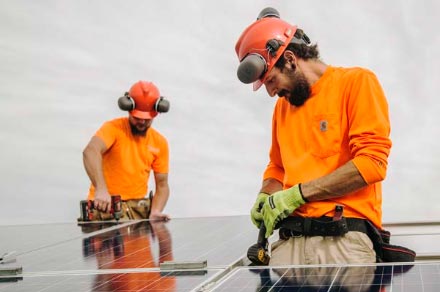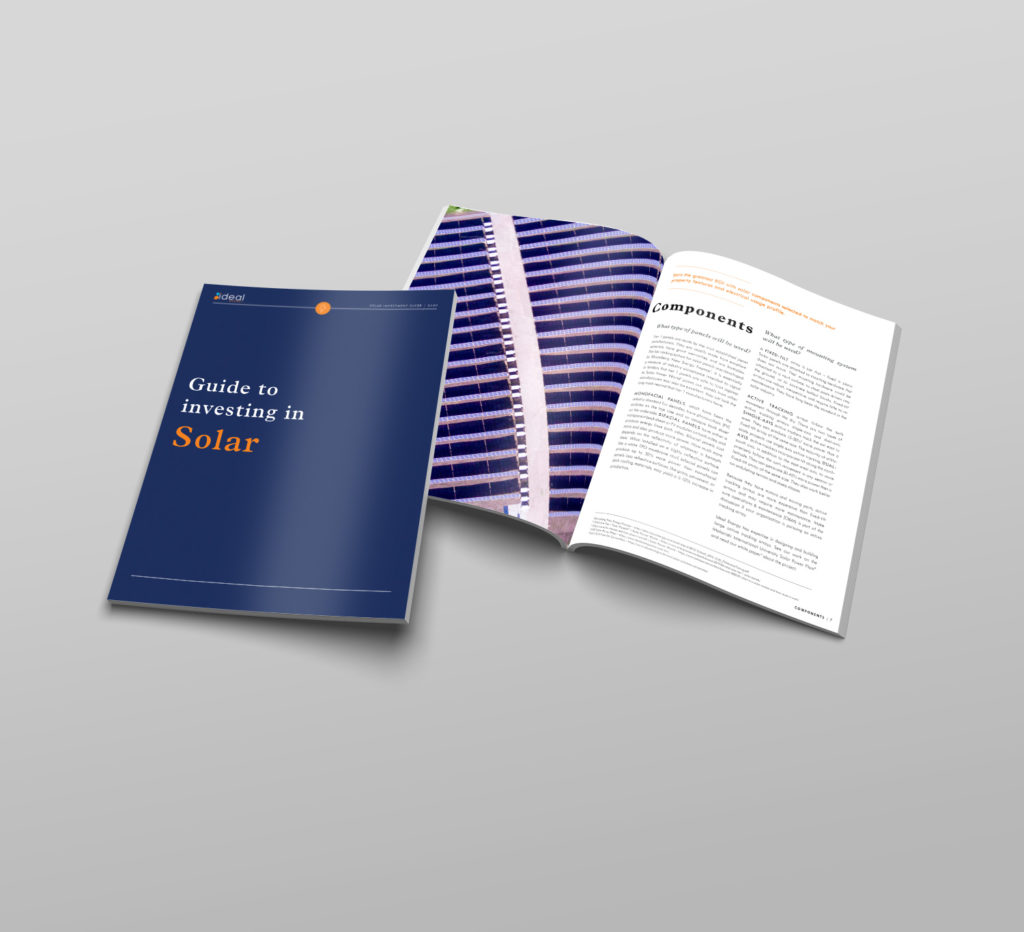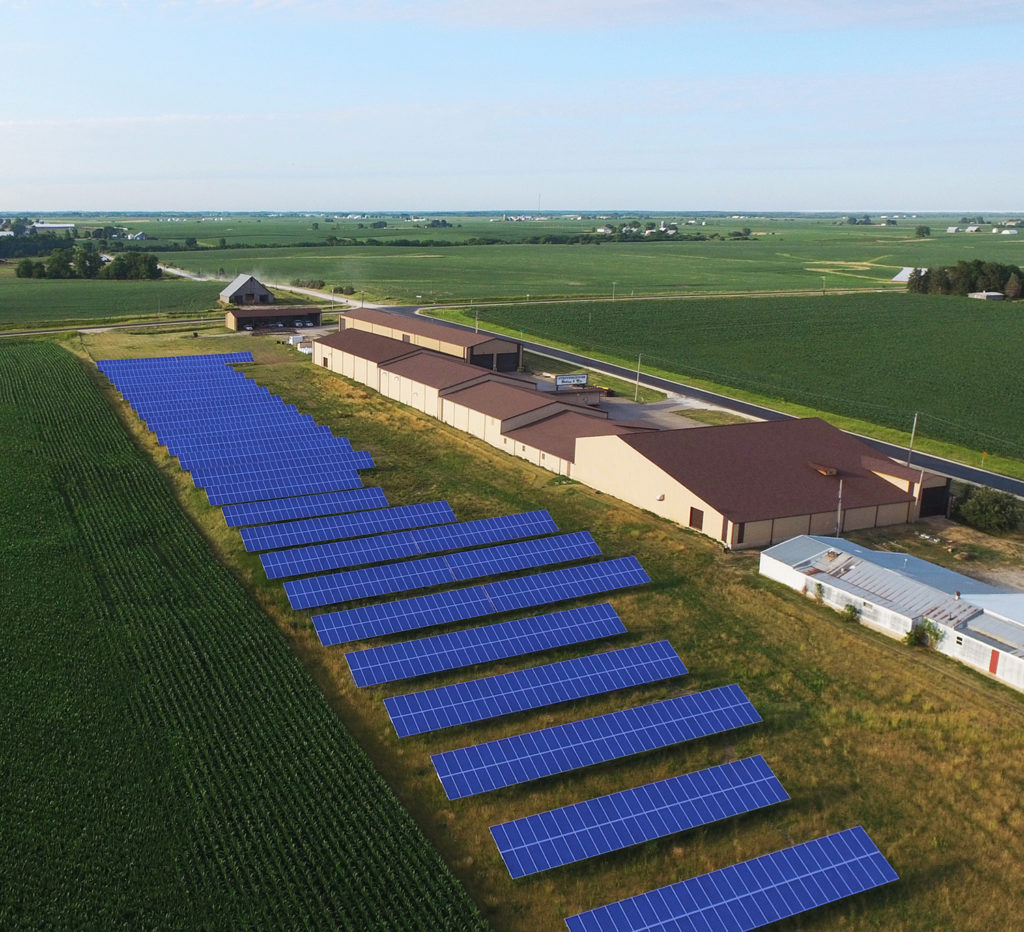Solar installations require a significant investment. It is important to make sure your investment is sound. We’ve put together a three part ‘Guide to Investing in Solar’ to help you make informed decisions about your solar project.
In part three of our ‘Guide to Investing in Solar’ series, we look at several differentiators between solar energy companies that go beyond the bid price and the type of components used. We cover services like ongoing monitoring, as well as technical expertise and team composition – and explain why we believe depth of experience and a comprehensive, turn-key approach are better than a lowest cost bid for most customers.
How will your solar company monitor the performance of your array?
Ongoing monitoring of a solar installation is important both to make sure the system is performing as intended and to identify any problems as soon as they occur.
At Ideal Energy, monitoring is baked into every system we install. We use SolarEdge inverters, which have built-in monitoring capability linked to an online dashboard. All of our customers can access their own monitoring dashboard at any time at no cost to them.
In addition, we provide proactive monitoring for five years on all systems. Proactive monitoring allows our team to quickly identify any problems that might appear. We can then either solve those problems remotely or coordinate with the customer to reach a solution. Proactive monitoring beyond the five year mark is available as an additional service.
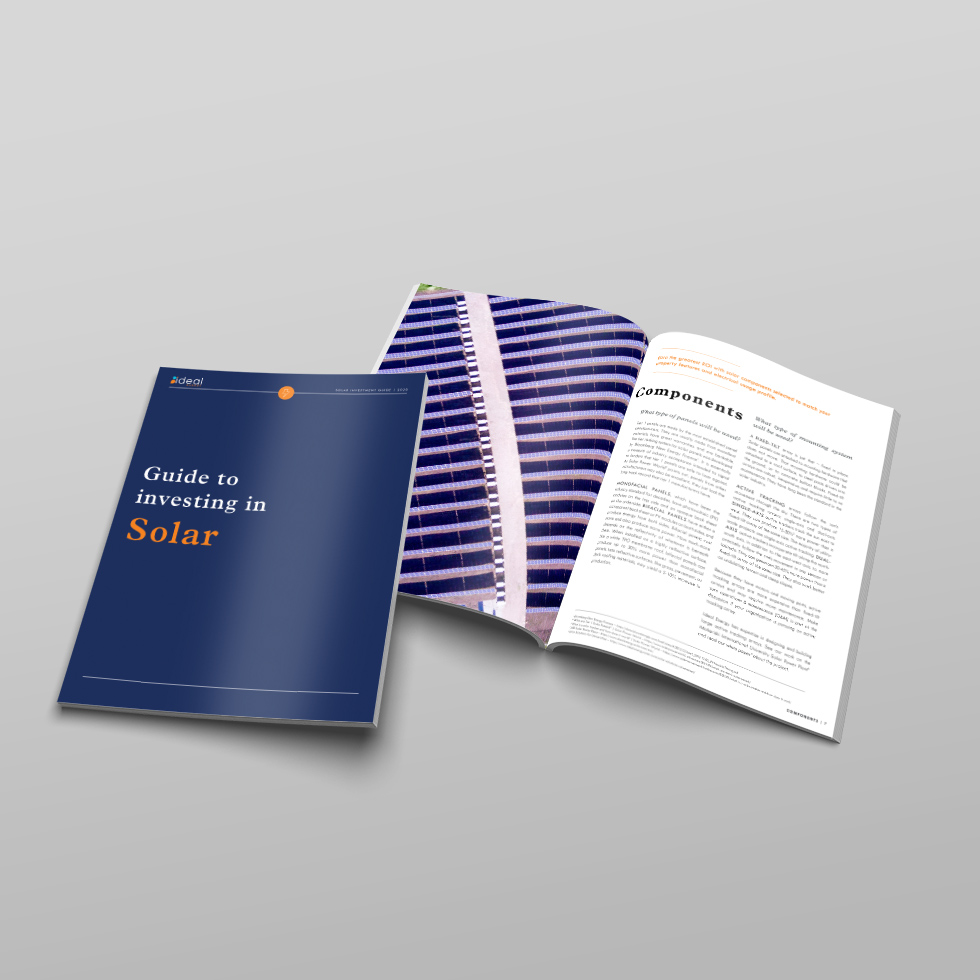
Download the complete Guide to Investing in Solar
Many solar companies do not have a permanent, full-time position for a licensed master electrician. These companies subcontract out their electrical work. At Ideal Energy we believe a master electrician is a key part of a solar team. We have a master electrician and several apprentice electricians on staff who work with solar full-time, day in and day out.
Subcontracting electrical work is reasonable for residential work, where service panels are similar and solar installations are routine. For commercial and industrial customers and utility-scale projects it is critical to have the expertise to perform complex service rebuilds and to perform custom, high-voltage work. Ideal Energy has deep expertise in this area, with 12 years of experience designing and building pathbreaking projects with unique electrical needs. Make sure your solar company has the technical capability to meet your needs.
The price of solar photovoltaic modules is constantly fluctuating in response to both market forces and public policy. Import tariffs in the U.S., solar incentives in Germany, and the latest five year plan in China can dramatically influence the price of panels in short order. Recently, the solar industry saw a shortage of available panels due to Covid-19 when a large volume of panels were stuck in port in China awaiting the reopening of transoceanic shipping.
Ideal Energy bids are good for 30 days. In our experience, solar panel price fluctuations make guarantees longer than that nonviable.
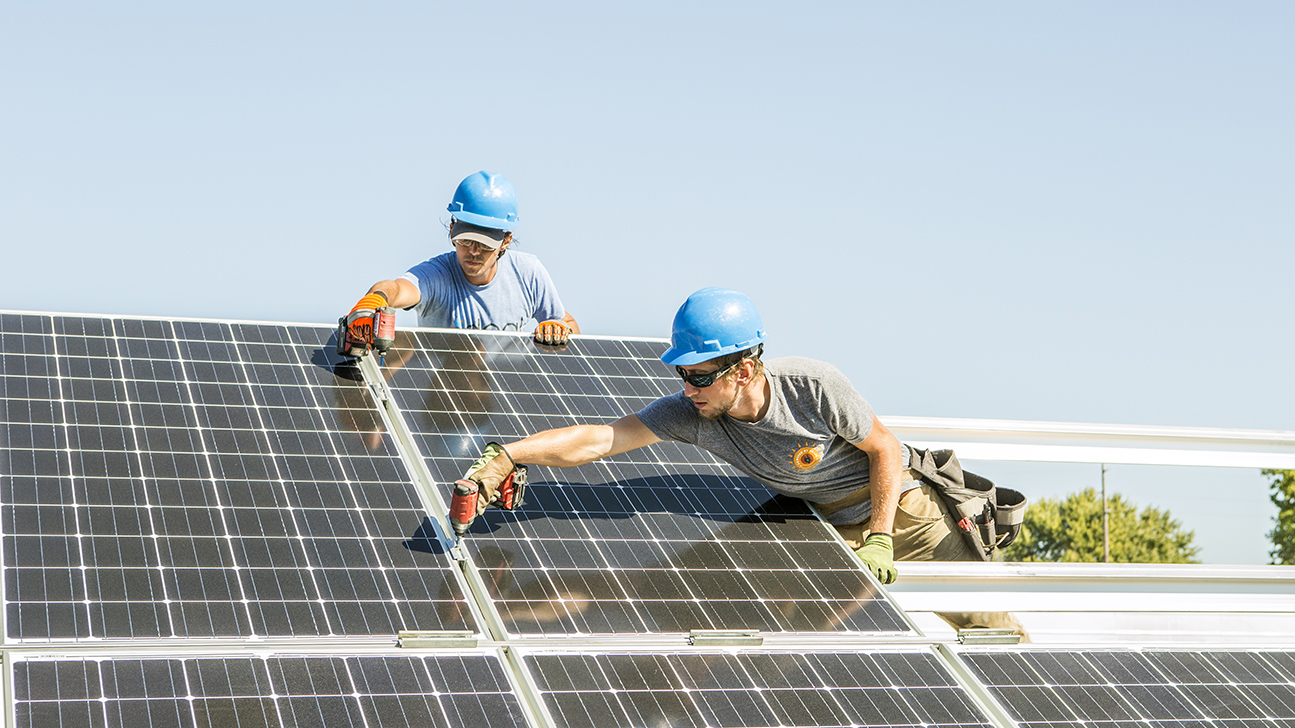
How well does your solar company understand your rate plan?
Your rate plan, or tariff as it is known in the industry, is your agreement with your utility that governs what you pay for electricity. It spells out your consumption charges, meter fee, taxes, as well as any other charges you may be responsible for, such as time of use fees, demand charges, etc. It also sets the parameters around net metering. Some utilities reset net metering credits every month, while others reset them annually. Some utilities, particularly rural electric cooperatives (RECs), do not offer net metering at all. Different utilities and tariffs might impose different offset limits to net metering. Make sure your solar company understands the details of your tariff.
At Ideal Energy we think our deep understanding of utility tariffs is one of the key differentiators of our service. In 2016 our staff identified tariff changes proposed to the Iowa Utilities Board that could have made solar nonviable for most Iowans and crippled the solar industry in Iowa. We worked with several solar energy trade groups, environmental groups, and other solar energy companies on a campaign to lobby against these changes. In the end, we were able to preserve the viability of solar for Iowa residents and businesses.
What is the national average cost per watt?
The National Renewable Energy Laboratory (NREL) gathers data on national and global solar energy trends and publishes that data in quarterly reports. Their most recent report, Q1 2020 Solar Industry Update, shows a national median cost of $2.89 per watt DC (WDC) for residential installations and a median of $0.89/WDC for utility-scale projects. Commercial-scale projects run the gamut in size – and cost – between residential (typically 4-7 kW) and utility-scale (500 kW and up).
These figures are fascinating from a macroeconomic perspective, but of dubious value when trying to figure out whether or not a bid is competitive. Cost per watt varies widely from state to state due to different average system sizes, different incentive packages, and other factors that affect the cost of doing business. The cost per watt of a residential system in California is almost double the cost per watt of a residential system in New York.
In addition, cost per watt figures do not reveal the quality of components used, the quality of the installation work, or what is included in the project fee. Take paperwork, for example. Will your solar company handle all of the permitting, coordinate inspections with your utility, and assist you with your federal solar tax incentive paperwork?
Did you read our complete Guide to Investing in Solar?
In part one of our guide we explored the primary components used in a solar installation and the merits of each type of equipment. We explain which components best match which situations.
In part two of our ‘Guide to Investing in Solar’ series, we dive into the calculations behind a solar installation bid. We cover some of the key terms you’ll see in your bid, including offset, production, specific yield, degradation factor, and cost of energy escalator, and how these impact your project ROI.
You can download a PDF of the complete Guide to Investing in Solar here.

